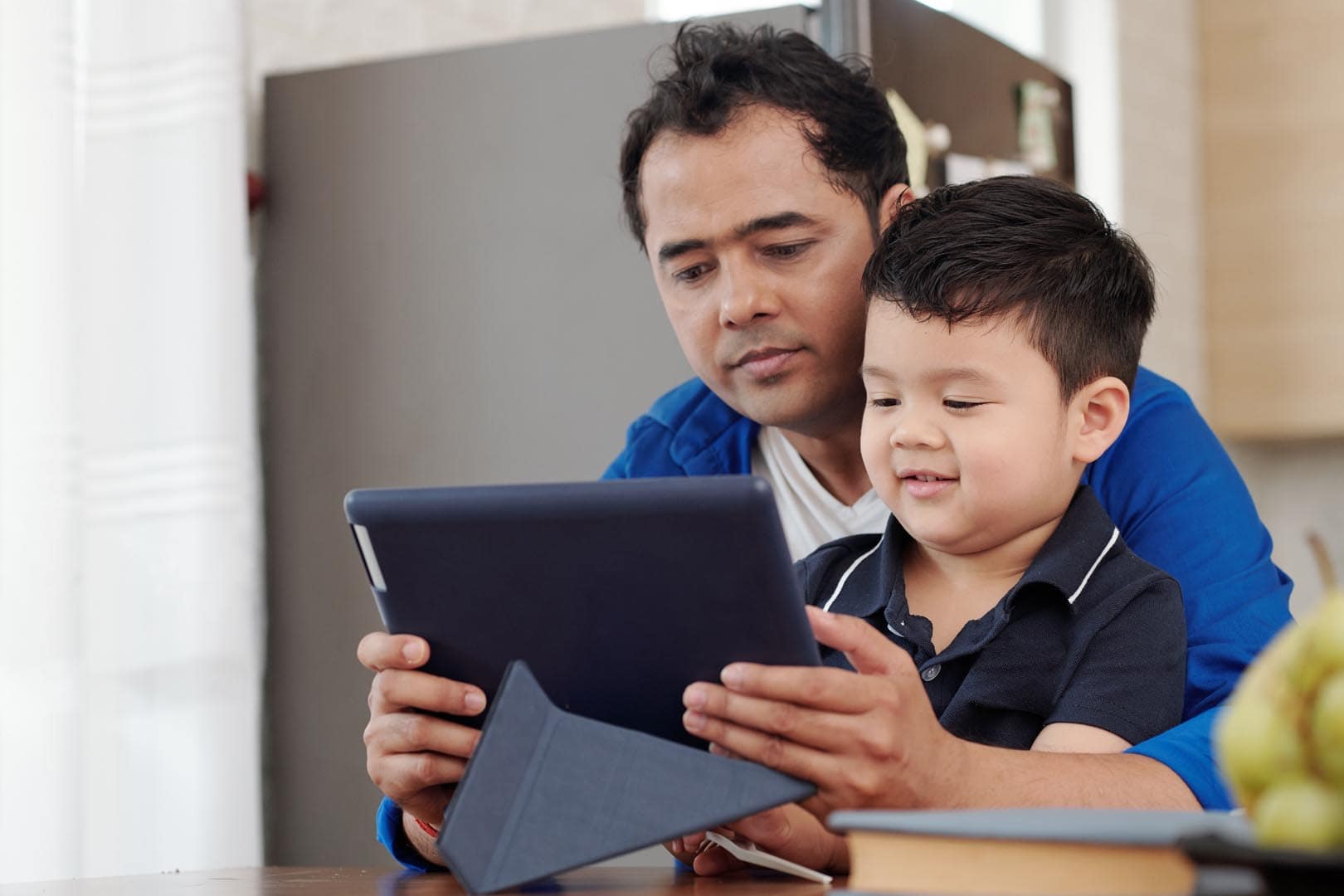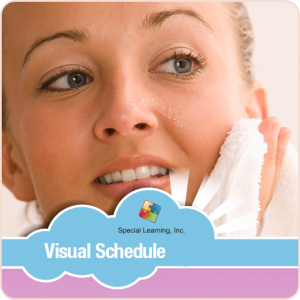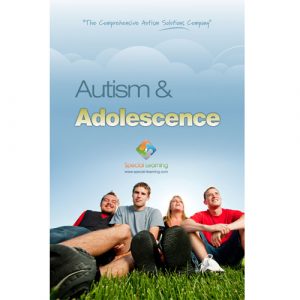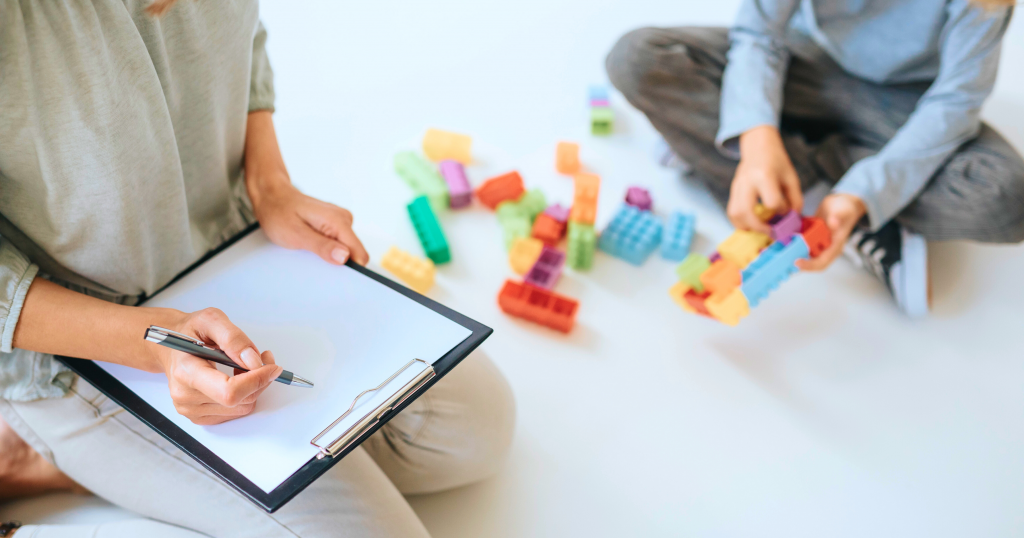What is Video Modeling? How Do You Use It?
Video modeling is an evidence-based prompting strategy that can be used to increase positive behaviors and aid in skill acquisition in individuals with autism. It is a teaching method where an individual watches a video of someone completing an activity and imitates the activity themselves.
Research shows that many individuals with Autism Spectrum Disorder (ASD) learn best through visual means. Video modeling has been proven to be a highly effective teaching method for all children, especially those with ASD. (Bellini & Akullian, 2007). According to research, video modeling, especially video (self) modeling is a very effective method for many learners to learn functional living skills.
With this technique, one would create a task analysis for the skill being targeted and videotape the learner, peer or even the parent or instructor performing the task based on the task analysis. The learner would watch the video and then perform the task with the least to most prompting. This strategy works best if the videos can be played on portable devices so that they can be viewed immediately preceding the task.
Quick Tip:
Although videos can be any length, the video must show the skill in its entirety.
Copyright © by Special Learning Inc. All right reserved.
No part of this article may be reproduced without written permission. For information, email contact@special-learning.com.












